When trying to get funding for a document or records management platform, trying to get staff to operate said platform, or even trying to justify its value of it to your company, there is one thing you need to stop doing.
Do not try to sell compliance or risk of records being held too long as your driver for change.
The truth is simply this:
LET THE BUSINESS PAY FOR IT!
Not convinced? Let me hit you with a few examples of what I mean.
Use IT’s already purchased Content Management Platform.
- Piggyback it on the platform that impacts the most users already. Of course, as Records Managers, we may be leaning towards software that has the most compliance capabilities. The big question is, “is this user-friendly?”
- For instance, if the IT department already works with SharePoint or O365, then we will collaborate with them to get the job done with the existing software. The cost for the company is covered by the IT department budget. Our role as Records Managers will be to plug, confirm and define controls to enable greater and greater degrees of compliance into the platform (e.g. queries on sites and content based on the owning line of business give us an indication of what content would be contained in the site).
- Whether Dropbox, shared drive, or another platform. Evaluate what platform most people use already and see what effort is involved with getting the users into a system where they can manage documents and you can control compliance. The path of least resistance in this regard will enable long-term success.
- From experience, rolling out a platform for document and records management that is considerably different than the day-to-day work life is very expensive and time-consuming to build adoption.
Participate in a company-wide Project Review board.
- We ingest records management and compliance into lines of business project review processes.
- When you explain what needs to be done and how it needs to be done, eventually, they will realize how invaluable compliance and the need to keep records is to the process and that they need you!
- They usually have capital funding, so there is no need for you to spend a dime.
- Absorb records management and compliance into the capital funding development process.
Engage with all lines of business leaders at least twice a year.
- Don’t worry that there may not be something to talk about. We Record Managers all speak the same language; “Information!” We, as Records Managers, bring a perspective to something most just take for granted as the fuel to move business along. We analyze it, track it, appraise it, and protect it.
- We check in with each line of business priorities at least twice a year.
- During those sessions, give them an Information Management Report that represents the lifecycle of information as it relates to their area.
- This report should be pleasing to the eye containing graphics and KPI visuals, new content created, and of course, accessions, destructions, and holds.
- The number of electronic repositories in addition to boxes, files, and rolled drawings (both physical and electronic content) they currently have.
- This is all information no one keeps track of. How much do you create? How much is destroyed? The answers to these questions will prove your worth.
By doing this, it gives the company a new appreciation of what is going on. For instance, in one company, a federal stimulus program enabled a doubling of the production output. This resulted in new business activity, revised processes, new projects, and systems. This also provided a bridge for us to come in and help them in their management of information responsive to the stimulus. It also makes them realize how valuable you are and that they need you at the table to be of assistance.
It all came down to simply meeting with people and offering them advice. No money was spent.
Map records management support levels company-wide
Once we have built rapport, we can establish the degree of accurate records keeping and levels of Records Management service provided to each line of business.
- Example: We created support levels going from 0 to 3.
- 0 – No Support – They have no one doing Records Management
- 1 – Oversight and Guidance – There is staff to evaluate and help teach the proper protocols for filing
- 2 – Partial Filing – Departments are actively filing on their own with some classification review
- 3 – Active Filing – Records Management is filing on behalf of the ling of business
When we have gone over how many people we have to assist, we can make a table that looks like this:
| Departments | # of Resources | # of Days |
Support Level
|
| Human Resources | 1 Records Clerk | 4 |
2
|
| Legal | 1 Records Clerk
1 Sr. Records Clerk |
3 |
3
|
| Finance | 1 Records Clerk | 1.5 |
1
|
| Internal Audit | 0 | 0 |
0
|
Our goal is to have staff reach at least level 1 in support across the enterprise. This is where they are actively using the proper filing techniques and will make our job and theirs easier in the long run.
This becomes a driver to collaborate within the lines of business and determine ongoing support as well as a roadmap to self-sustainment of content, where they are all doing it themselves.
We were able to help with huge multi-million dollar accounts without spending a dime….well…maybe a couple of dimes.
In one case, the original proposal was 1.5 million from capital funding to introduce an electronic content management platform with records compliance. It was flat-out rejected.
Two years later, we came back with a different approach.
We were endorsed at 40k operational annual funding for training (up from a $2000 budget for 50 people) and another 10K for tools and equipment. No capital funding required. They jumped on it immediately. For 50K is small potatoes when all the other budget proposals are in the millions!
The moral of this story is don’t come in looking for a million-dollar price tag. Senior leaders will shut you down for more ‘important’ things other than compliance. But if you can ‘show’ how good records-keeping practices enable defensibility, consistent savings, and time savings, you can achieve the same outcome without the headache of making records management sexy. They will sing your praises throughout the business world as the ones who were cost-neutral and helped the organization digitally transform using in-house tools.
